Huawei Band 7 review: Huawei Band 6 redux?
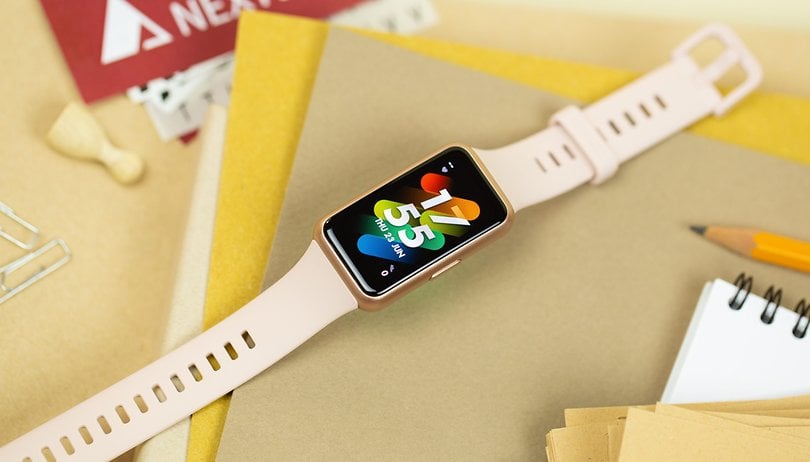

A 1.47-inch AMOLED display, 96 sports modes, permanent SpO2 tracking, and up to 14 days of battery life. The Huawei Band 7 promises all that! And yes, the Huawei Band 6 already offered all of these, but we will tell you whether there are significant differences to its predecessor and more importantly, whether it is worth buying in our review.
Good
- Always-on display
- Crisp AMOLED display
- Intuitive handling
- Comprehensive companion app
Bad
- No NFC
- No GPS
- Hardly any improvements to the predecessor
- No wireless charging
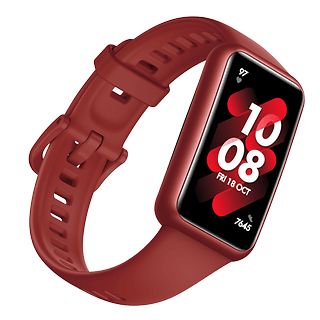
The Huawei Band 7 in a nutshell
The Huawei Band 7 is undoubtedly a very good fitness tracker. You get a whole cornucopia of features for the price of just €60 thereabouts (it is currently unavailable in the US). The 1.47-inch AMOLED screen is easy to read even under direct sunlight, and there is now also an always-on display. The battery life did not manage to hit the 14 days as mentioned in the technical specifications, but not doing so did not disappoint at all. You also get a grand total of 96 sports modes and an intuitive Health app on the smartphone to offer everything that fitness fans need.
Still, I am left a bit perplexed because there is virtually nothing that has changed since our Huawei Band 6 review. For €60, the device is actually a no-brainer if you do not yet own a fitness tracker. However, users who own a reasonably up-to-date fitness tracker from Huawei or Xiaomi certainly do not have to buy one.
The price stands at just under €60, which is a fair price to pay for this device in my opinion. Throughout the entire review duration period in June 2022, Huawei also had a nice promotion going where you can buy a second Huawei Band 7 for half the price. This means you can team up with a friend to pay an average of €45 for the Band 7.
Design and display
Huawei still relies on a 1.47-inch AMOLED display, but has now been able to deliver the device in a slightly thinner chassis while making it even lighter at 16 grams.
What I liked:
- Beautiful AMOLED display
- Always-on display
What I disliked:
- Brightness can only be adjusted within 5 levels
- No ambient light sensor
I always like it when I can wear a fitness tracker without having it end up on my wrist. In this respect, it is good news that Huawei managed to make the fitness wristband two grams lighter compared to its predecessor - but you will hardly notice the 16 grams on your arm anyway.

This is also due to the fact that the build quality has remained as high as before and the silicone wristband is pleasant to wear as usual. While the Huawei Band 6 was still 11.45 millimeters thick, the Huawei Band 7 only measures 9.99 millimeters. Nothing else has changed in the display itself: It still measures 1.47-inches, you still get an AMOLED display at the same 282 ppi pixel density and 194 × 368 pixels resolution.
- Also read: These are the best fitness trackers in 2022.
The rectangular design has also been retained. It measures 44.35 x 26 mm, so it has become slightly longer compared to the 43 x 25.4 mm on the Huawei Band 6. The edges have also become a tad thinner. The watch is also waterproof according to the ATM 5 rating, which should basically be enough for swimming. However, I would still recommend a device with ATM 10 if you want to wear one for swimming frequently.
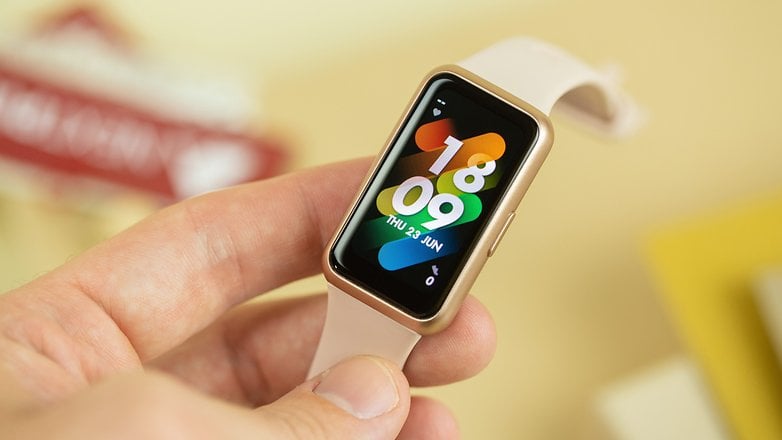
In my opinion, the display not only offers very crisp colors, but is also bright enough at up to 450 nits that makes it easy to read in the sun. However, it annoyed me somewhat in the review that there is no ambient light sensor and I can only adjust the brightness within a range of five levels. No matter, I always set the brightness setting to maximum, and the battery is still able to work well.
A new feature is the always-on display, which I activated for the review but do not really need in everyday use. It is enough for me when the display wakes up when I move my wrist. However, I think that the Huawei Band 7 is a bit slower in activating the screen than the Xiaomi Smart Band 7. Alternatively, you can wake up the screen by pressing the physical button on the right or by tapping the display.
Huawei uses a polymer material for the tracker itself, while the wristband is still made of silicone. You can choose from four different colors for the Huawei Band 7: Graphite Black, Wilderness Green, Nebula Pink, and Flame Red. By the way, our review sample happens to be the pink version. A very, very pale pink, which could just as well be a kind of dirty white in my opinion. I honestly find it suboptimal as a color option, but that is of course a matter of personal preference.
Software and operation
In terms of software and operation, everything remained the same for the Huawei Band 7 from its predecessor. And yes, just in case you were wondering: that is good news!
What I liked:
- Extensive and clearly arranged Huawei Health app
- Intuitive menu
- Practical hardware button
What I disliked:
- -
Anyone who perhaps already own the Huawei Band 6 or also the Honor Band 6 knows this: Interaction between the proprietary software on the tracker and the companion app, "Huawei Health", on the smartphone works brilliantly. If I keep the software part of this review short, it actually means that no news is good news, so nothing was improved for the sake of offering something new. I find that a praiseworthy effort.
You can connect to the smartphone via Bluetooth 5.0 (an update would have been nice here) quickly and immediately find your way around the menu on the tracker as well as in the Huawei Health app, even without having any prior knowledge. In this respect, Huawei's tracker is much better than Xiaomi's Smart Band 7 in our recent review.
You do not only navigate through the options on the fitness wristband via touch, but still have a hardware button that is located on the right side. I am sure that the usability experience would be an optimal one even without this button. Still, I enjoy being able to pause and resume a workout without looking by simply pressing the button.
Swiping sideways across the display brings up the various widgets for heart rate, music player, weather, and so on. Pressing the button, on the other hand, brings you to the menu. From settings to your accumulated notifications, to training and activity records, you will find everything your heart desires here. Speaking about the heart: The heart rate menu including an overview of the heart rate zones can also be found in this menu.
The only thing I found to be rather irrelevant was how I cannot activate the automatic training detection in the associated settings for a specific workout. This is only possible in the global training settings, but that is nitpicking on a high level. The bottom line is, you will find your way around the fitness tracker right away regardless of whether you are a seasoned fitness tracker user, professional athlete, or completely new to the fitness game.
Features and tracking
The Huawei Band is capable of permanently measuring your heart rate and SpO2, offers 96 training modes, monitors your sleep, your stress level, and much more. All of these are great, but all of them are also available on the Huawei Band 6.
What I liked:
- Many sports modes
- Permanent SpO2 and heart rate tracking
- Smart reminders
What I disliked:
- No GPS, no NFC
- No new features
Are the missing features really a reason for criticism? When we were basically happy in this respect as well? The Huawei Band 7 is a fitness tracker that really offers a whole lot for the money. Beyond health and fitness features, it does everything you would expect: You can control your music player, answer calls, reply to messages with quick replies, search for your smartphone, keep an eye on the weather and notifications, and more.
However, the sports and health section is a particularly exciting aspect. There is nothing new to report here, but the features are extensive as well: There are still 96 training modes, the blood oxygen content (SpO2) is permanently monitored as well as the heart rate, and you can always keep an eye on the stress level and the quality of your sleep. Counting remains as precise as usual, but do bear in mind that these are only reference values and do not replace a medical assessment.
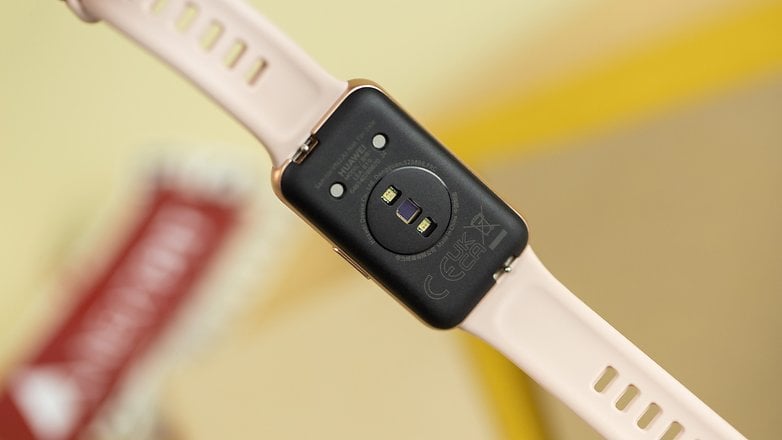
You can begin workouts on both the smartphone and the tracker, and if you wish, some other sporting activities are also automatically detected. As far as fitness is concerned, not only steps, completed kilometers, and calories are counted, of course. Huawei's TruSport fitness system provides you with an overview of important metrics like the Running Ability index, VO2Max, recovery time, and training effect.
In addition, the Huawei Band 7 wants to be your digital assistant, which also keeps an eye on your fitness and health beyond the basic data itself. You get tips for your exercises, with breathing exercises to reduce stress, and you receive alerts when the SpO2 or heart values fall within dangerous levels. Also, if you would like, you will receive reminders that you should drink another glass of water or it's about time to keep up with your daily steps quota.
I really like this because it makes a holistic, thoughtful impression on me with all the important details taken care of. The only catch that comes to mind is that there's nothing really new here that would make an owner of a Huawei Band 5 or 6 think that they absolutely need an update now with the latest model.
Oh yes, there is one more catch that comes to mind, and it is one that weighs heavily with each passing year: Where are GPS and NFC connectivity? At least the latter is available in the Chinese version, but we are staring down an empty barrel here. If we are talking about the feature list of a truly outstanding fitness tracker, I think it should be possible to leave the house without a smartphone - regardless of whether I want to use GPS for jogging or pay via NFC!
Battery and charging
Huawei promises a battery life of 14 days, and 10 days under heavy load. And you can recharge the battery to make it last for another two days within a few minutes .
What I liked:
- Decent battery life
What I disliked:
- No wireless charging
- Short, proprietary charging cable
At the risk of sounding like a broken record, nothing has changed much here either. The battery capacity of 180 mAh is supposed to help the Huawei Band 7 last up to 14 days under normal use. Huawei itself states that 10 days are more realistic for more intensive use. That was also the exact same parameters announced for the Huawei Band 6.
I have only used the device for a few days and the current trend is that four and a half to five days are possible. But don't forget: I'm currently reviewing the device and have activated everything from the always-on screen to permanent SpO2 and heart tracking, while being constantly barraged by social media notifications.
As soon as I'm out and about with the wristband under normal conditions, I'll be able to provide you with a realistic everyday value. Until then, you will have to make do with the information that 4-5 days are possible even under the most intensive load and that a double-digit day number seems absolutely realistic under normal conditions.
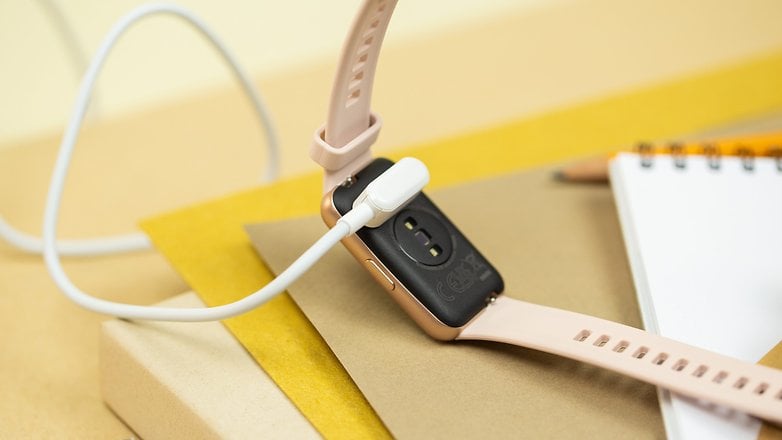
You have to allow for about two hours to fully charge the battery, but thanks to the fast-charging feature, you can charge the device with enough juice in just five minutes that you will last 1-2 days again. As in many areas, pictures of the Huawei Band 7 and the Xiaomi Smart Band 7 are similar: The magnetic charging contacts are proprietary and the cable is really too short in my opinion. I will be happy when the EU puts a lid on it and lets us charge with USB-C across the board. It would be even nicer if I could charge wirelessly, too!
Conclusion
So here we are, at the end of a review that I leaves me honestly looking for reasons to buy this model. Not because the device is not good - but because Huawei released pretty much exactly this device a year ago. The price tag of €59.90 remains to boot.
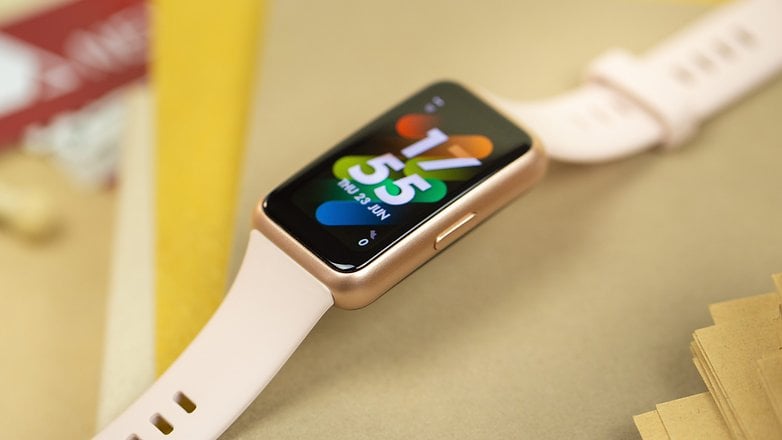
Always-On display is new, the display bezels have become a tad thinner, and the device is 1 mm thinner and two grams lighter overall. Together with the wealth of functions, smart features for sports, health and well-being, and the easy-to-use Health app, Huawei has put together a really attractive overall package.
I am quite inclined to revise my opinion and, like my colleague Ben, consider the Huawei Band 6 to be on par with the Xiaomi Smart Band. However, I do not want to award more than last year's four stars, because the difference to the Huawei Band 6 is simply too miniscule, and you can currently pick up last year's model for $66 thereabouts.
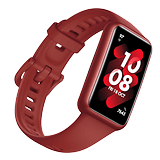







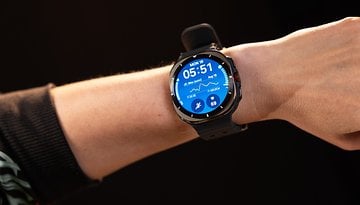

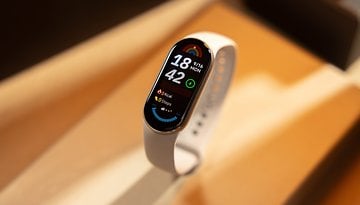
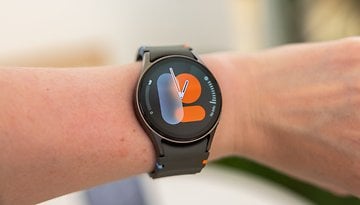
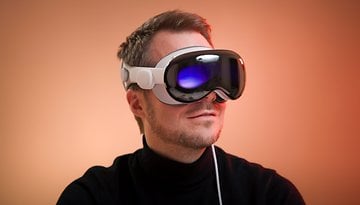

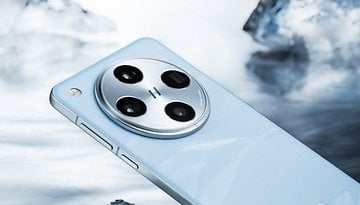
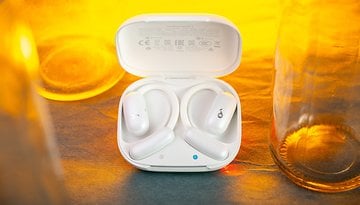





Just found out that though it still uses a non standard band attachment system, it is a MUCH better and compact one, where part of the band goes into the case. On the previous the bands had stiff ends hooking onto 'protrusions' at each end ...
A keen observation one of my friends also shared. Thank you!